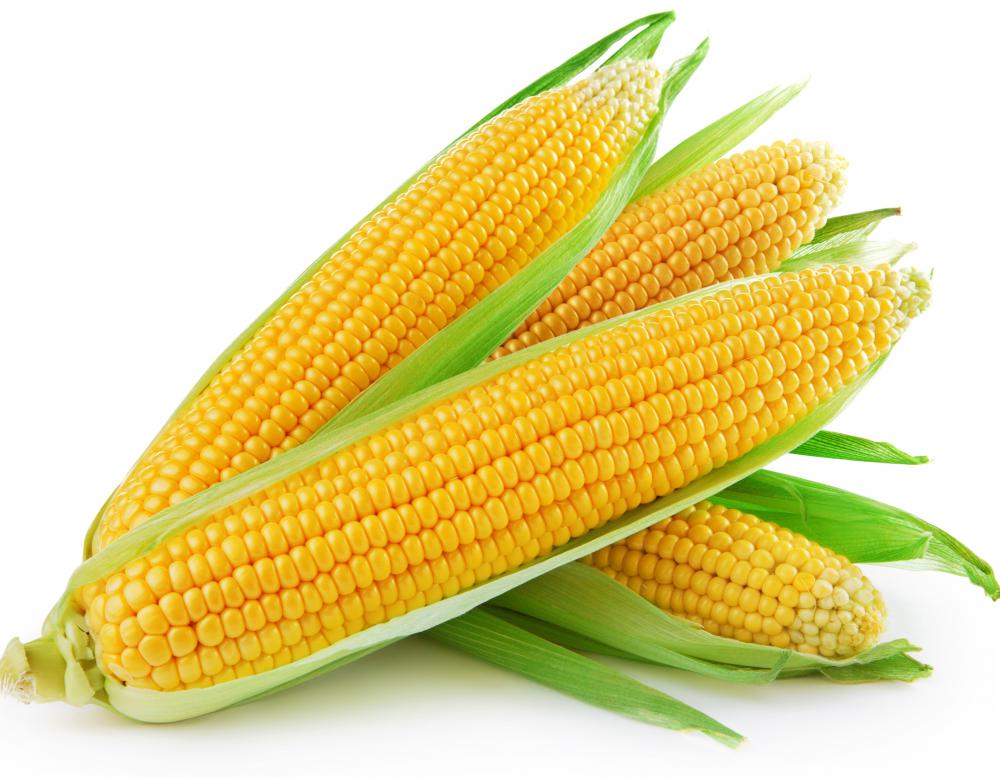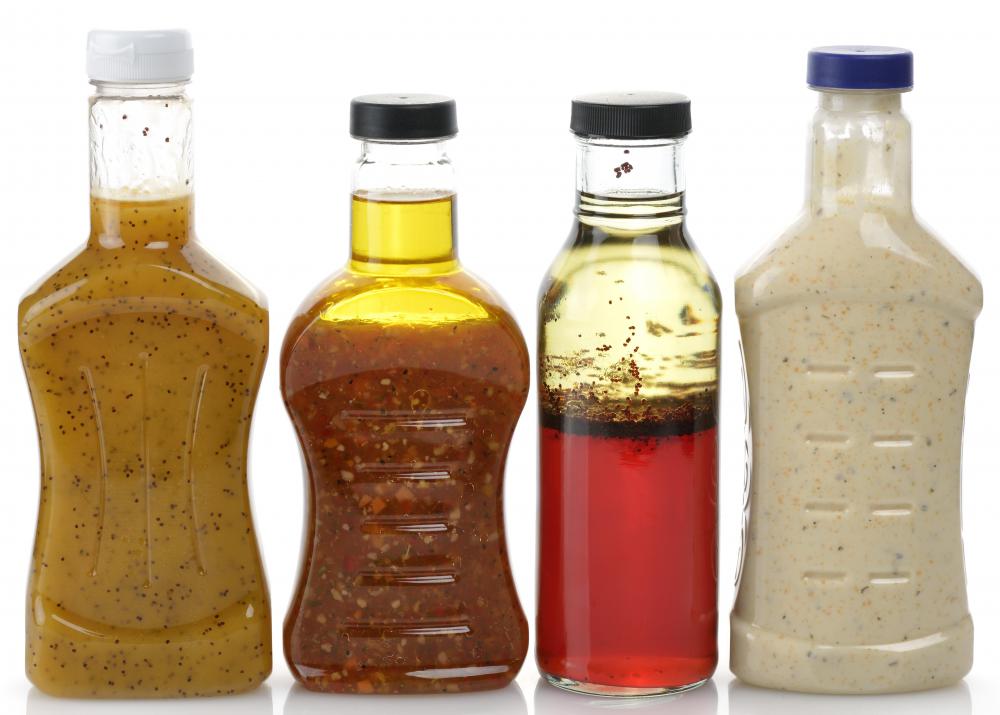At DelightedCooking, we're committed to delivering accurate, trustworthy information. Our expert-authored content is rigorously fact-checked and sourced from credible authorities. Discover how we uphold the highest standards in providing you with reliable knowledge.
What are Dextrins?
Dextrins are a family of polysaccharides that are obtained as an intermediate byproduct of the breakdown of starches. Many people treat them like starches, since they behave in much the same way. Dextrins are used in a wide variety of industries, and they commonly appear as a food additive in a wide range of products, which can be problematic for some people, as they may contain traces of allergens like wheat or corn.
To make dextrins, a starch such as corn, sweet potatoes, tapioca, or corn is subjected to a hydrolysis process, which breaks down the long molecular chains in the starch. The resulting material is a dextrin, a simple carbohydrate with a low molecular weight that has properties which vary, depending on its precise chemical composition. Typically, they are dried so that they are easier to handle and ship; being water soluble, it is very easy to turn them back into a wet solution.

The primary property of interest shared by dextrins is their potential as thickening and binding agents. They can be used to create glue, which explains why some people may have heard about “wheat glue,” and they can also be added to foods to help them stick together. Dextrins may be included in some pharmaceutical preparations as well, helping to hold together the constituents of a pill. They are also used in research chemistry, and they pop up in some random places, like the field of pyrotechnics.
Many commercial baked goods are made with dextrins, as are sauces, dressings, and similar preparations. Home cooks generally use other ingredients and handle their foods a bit differently, eliminating the need for this product.

People who know that they are allergic to wheat or corn should be careful around dextrins. Companies are not required to disclose the starch they use as their source, and as a result there is no way to guarantee that a food that contains dextrins is safe for consumption. Starch sources vary from nation to nation and season to season, depending on what is cheap and readily available.
AS FEATURED ON:
AS FEATURED ON:













Discussion Comments
Which dextrins are used as fillers, both edible and non edible?
In what other industries is dextrin used as filler, binder or thickening agent?
Post your comments